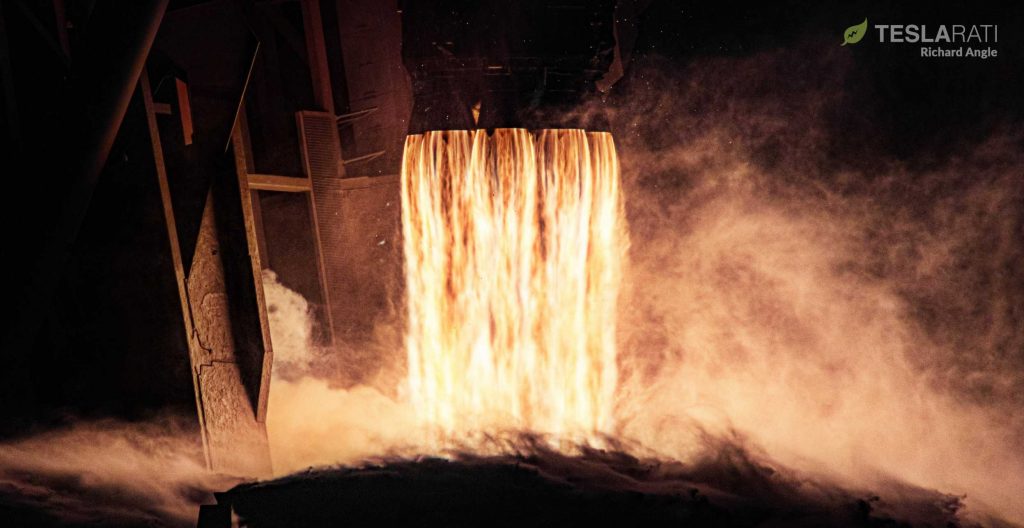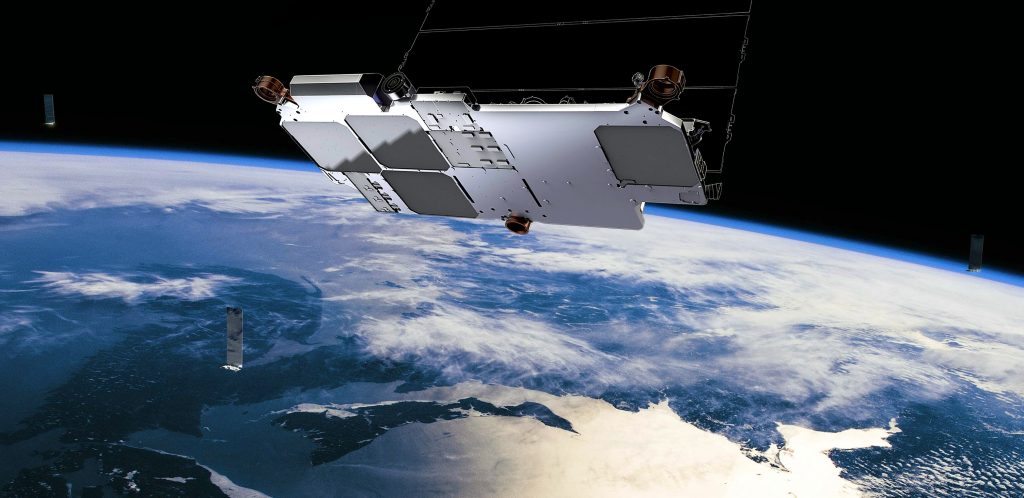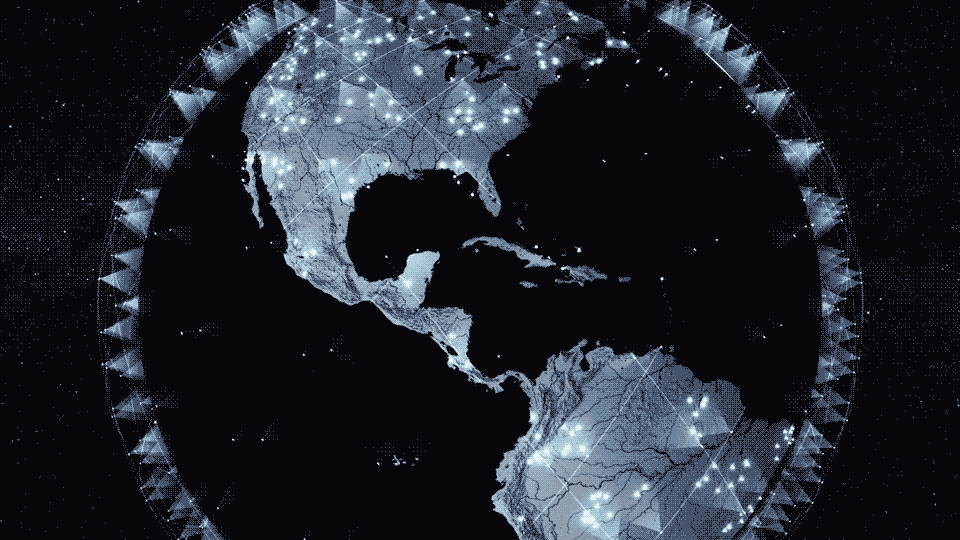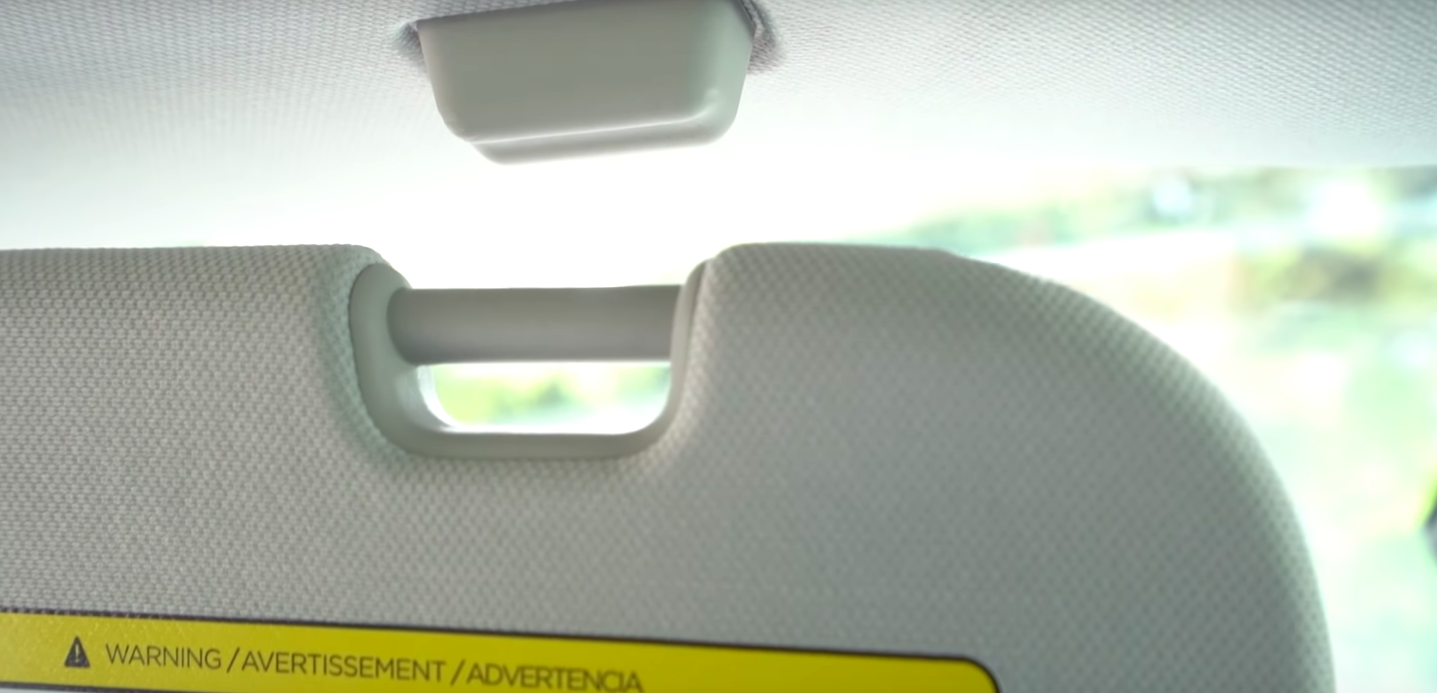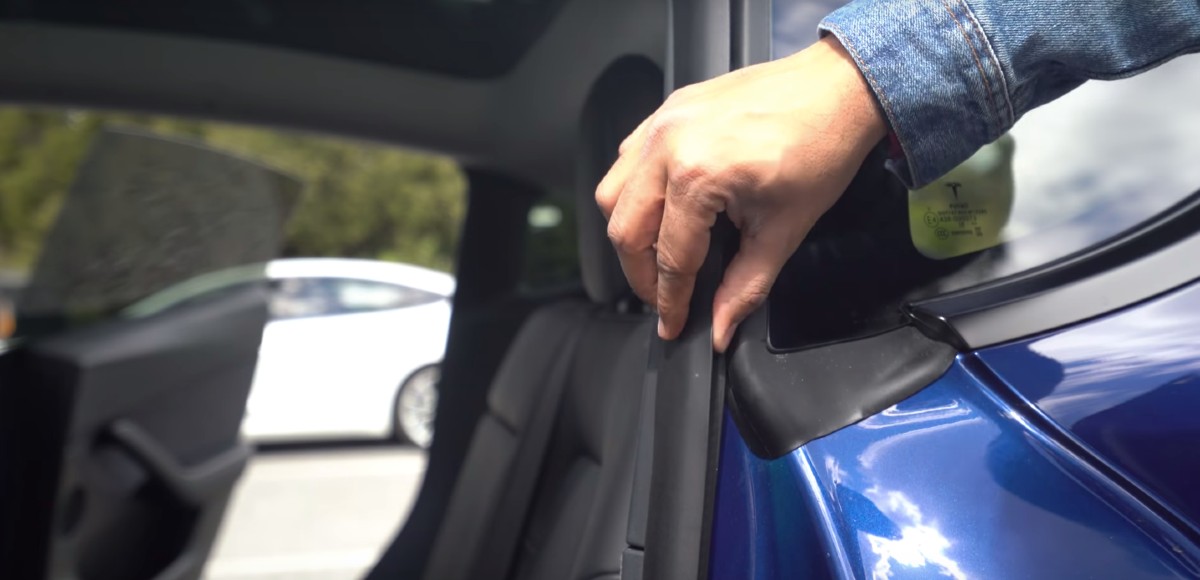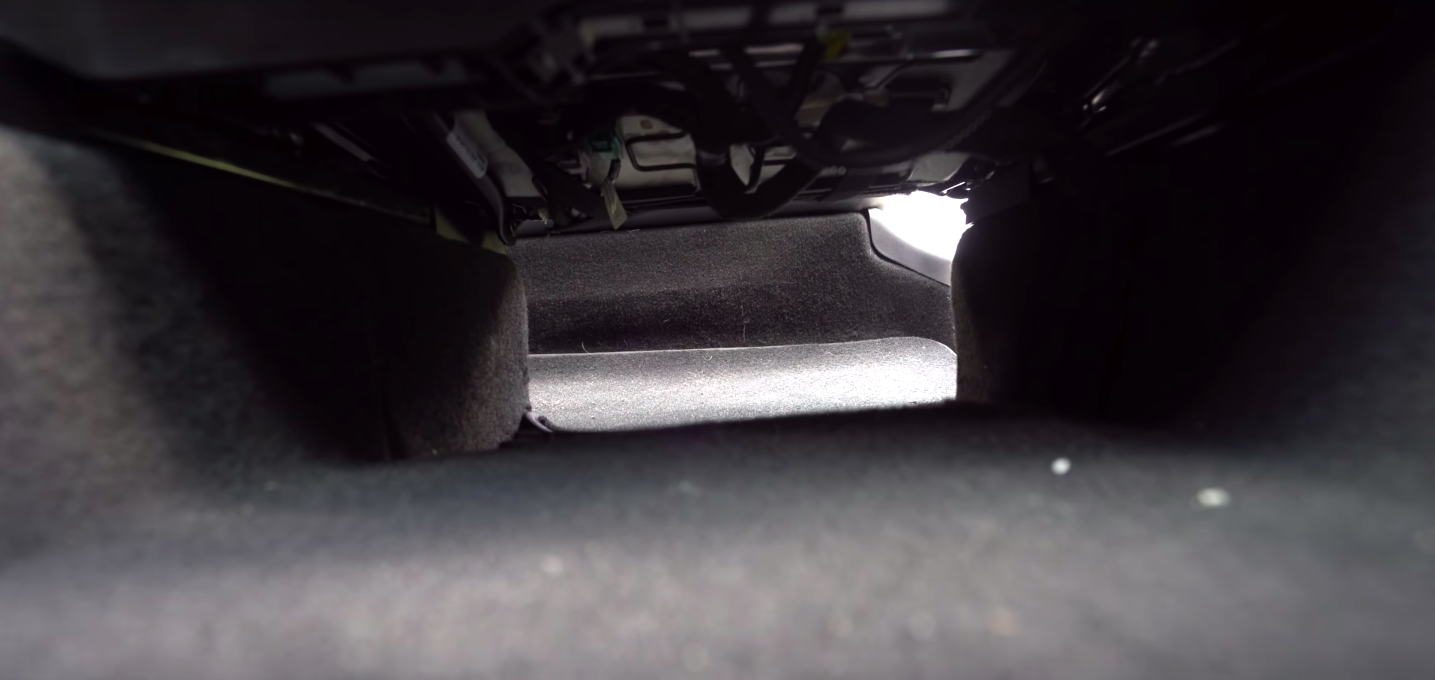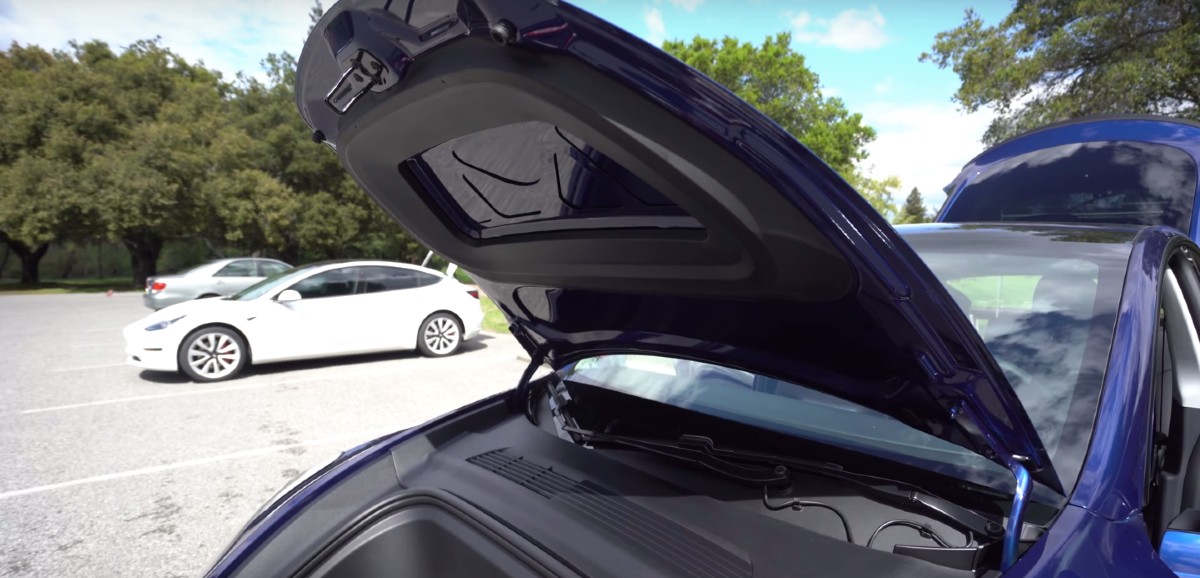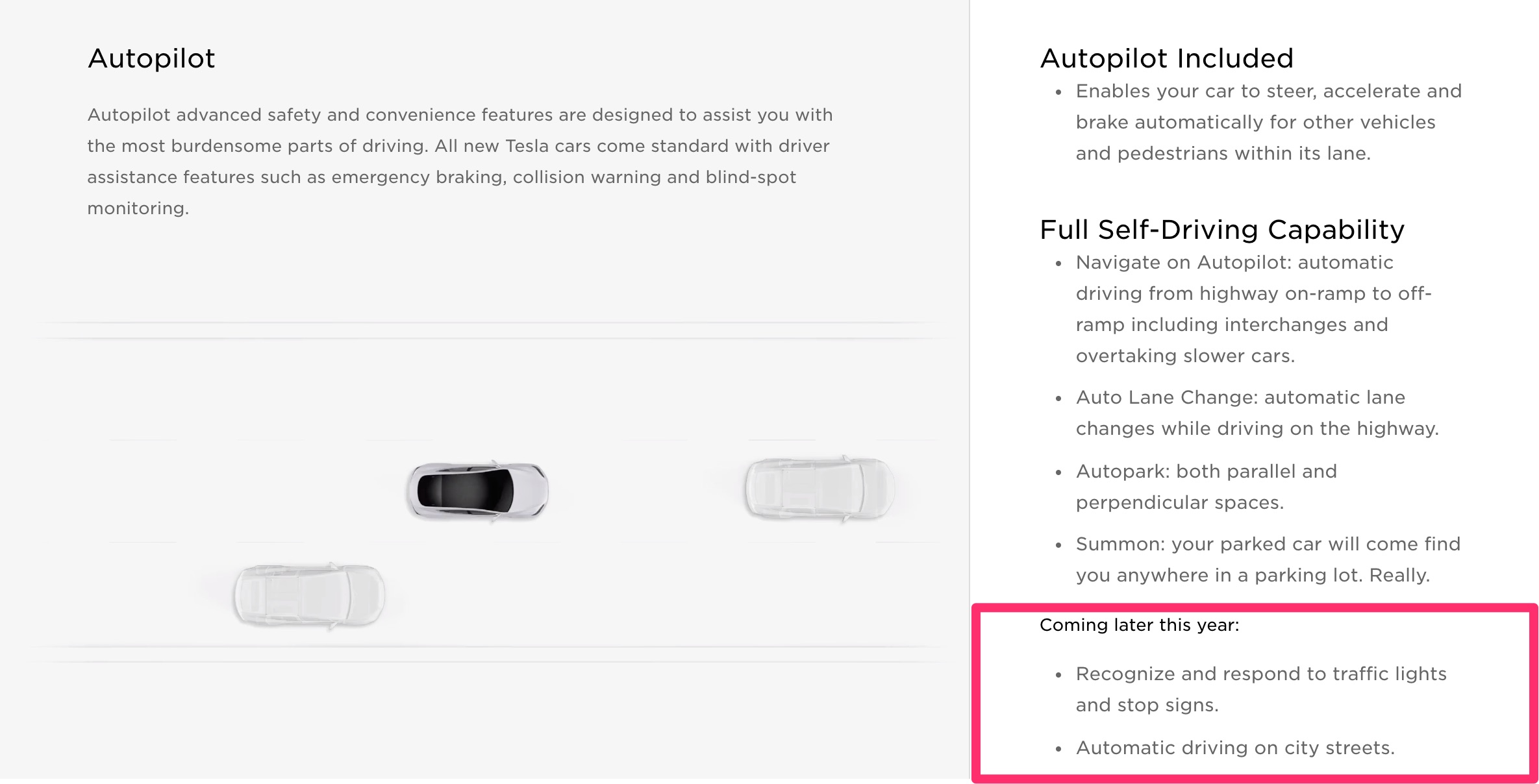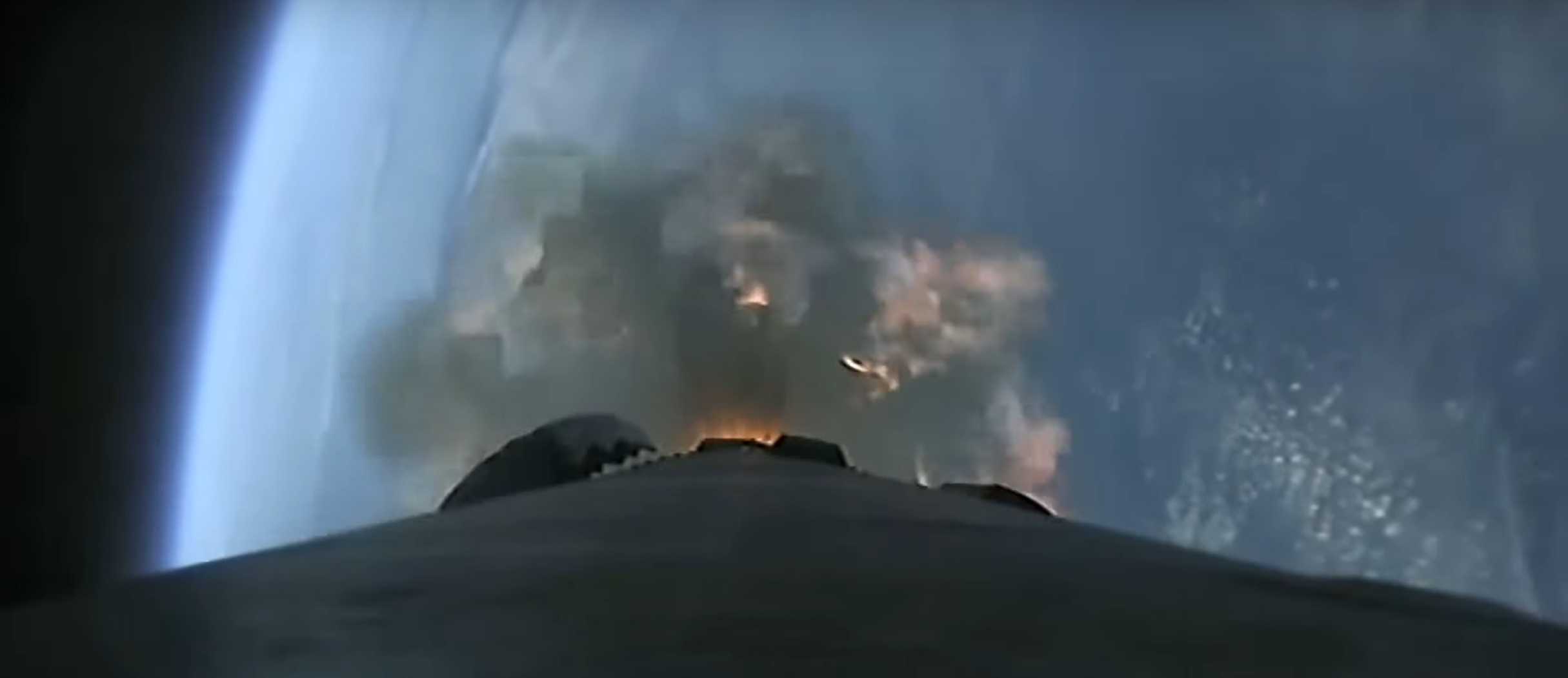The software issues plaguing the Volkswagen ID.3 have been reported for some time, but new details from insiders at the German automaker have hinted that the all-electric hatchback’s problems may be worse than initially reported. The update comes amidst a confirmation of the ID.3’s software challenges by a VW spokesperson.
Local media reports have indicated that Volkswagen will likely only release a toned-down version of the ID.3 at first due to the ongoing problems with the vehicle’s software. Thus, Volkswagen will probably still stick with its long-communicated delivery schedule this summer, as noted by CEO Herbert Diess while presenting annual figures last week. To accomplish this, “one or the other planned function” of the ID.3 will reportedly be canceled, and later delivered through an update.
These details were confirmed by a Volkswagen spokesperson, who addressed the topic in a statement to news outlet sueddeutsche.de. “Things are not going great,” the spokesperson said. Insiders quoted by the publication painted a much graver picture. “It is no longer a laughing matter,” the insiders noted.
The publication’s sources indicated that the ID.3 is far from being ready for the market and that Volkswagen is “not even close to an industrial production process at ID.3.” As for the vehicles that will reportedly be delivered this coming summer, the insiders related that they would be tasked to “tinker them by hand so that something is there.” This does not have anything to do with series production, though.
An internal source from Volkswagen explained that ID.3’s software issues were mostly due to a lack of qualified personnel. But apart from the lack of programmers and vehicle software specialists, key individuals have also been departing from VW. Among these is Martin Hoffman, the CIO responsible for Volkswagen’s IT division, who will be leaving the automaker at the end of this month. “It’s an absolute disaster. We just can’t get the people,” the insiders said.
Amidst these issues, Volkswagen is reportedly tagging in an unlikely ally to help prepare the ID.3 for production. This ally would be Daimler, which is already in talks with BMW for joint software development. A small meeting between some of Volkswagen and Daimler’s key executives was reportedly held recently, and it was discussed how the two automakers could collaborate to develop an operating system for cars. Such a deal would likely put Daimler in a tricky situation, as cooperation among Germany’s three top automakers is very unlikely.
Overall, it appears that the importance of in-vehicle software is becoming more and more evident among Germany’s automakers, and it seems that Volkswagen would do what it can to make sure that it can at least reduce the lead currently enjoyed by Tesla. The American electric car maker had shunned existing supply chains when it was developing its electric cars’ software, developing its in-vehicle systems from scratch. Unlike traditional automakers, Tesla’s software runs on a central control unit, giving it a much more efficient structure that is optimized for software updates and maintenance.

(adsbygoogle = window.adsbygoogle || []).push({});
<!–
–>
var disqus_shortname = «teslarati»;
var disqus_title = «Volkswagen's software issues with the ID.3 are worse than reported: 'It is an absolute disaster'»;
var disqus_url = «https://www.teslarati.com/tesla-vw-daimler-id3-software-problems/»;
var disqus_identifier = «teslarati-134435»;

